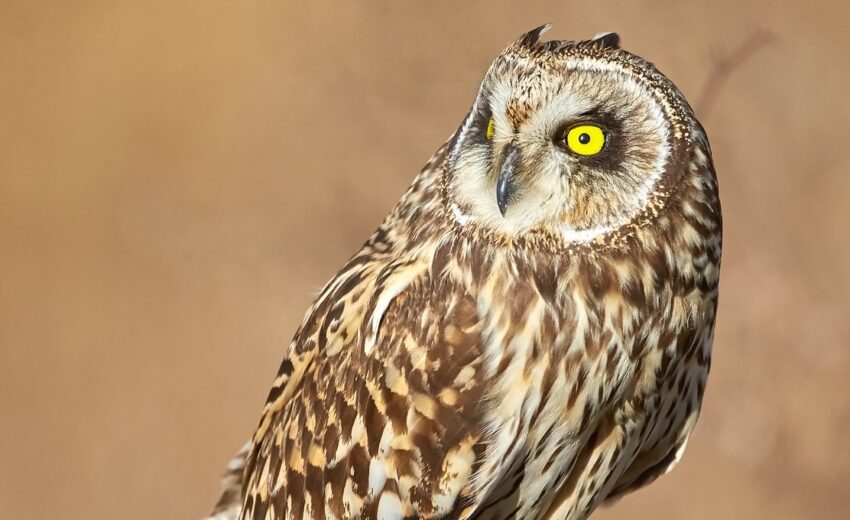One of the world’s most widely distributed owl species, the short-eared owl can be found on every continent, sans Australia and Antarctica. They prefer to inhabit dunes, grasslands
- Zoology
- Daily Critter Facts
- For Teachers
- Study Guides
- Animal Diseases & Parasites
- Contact

